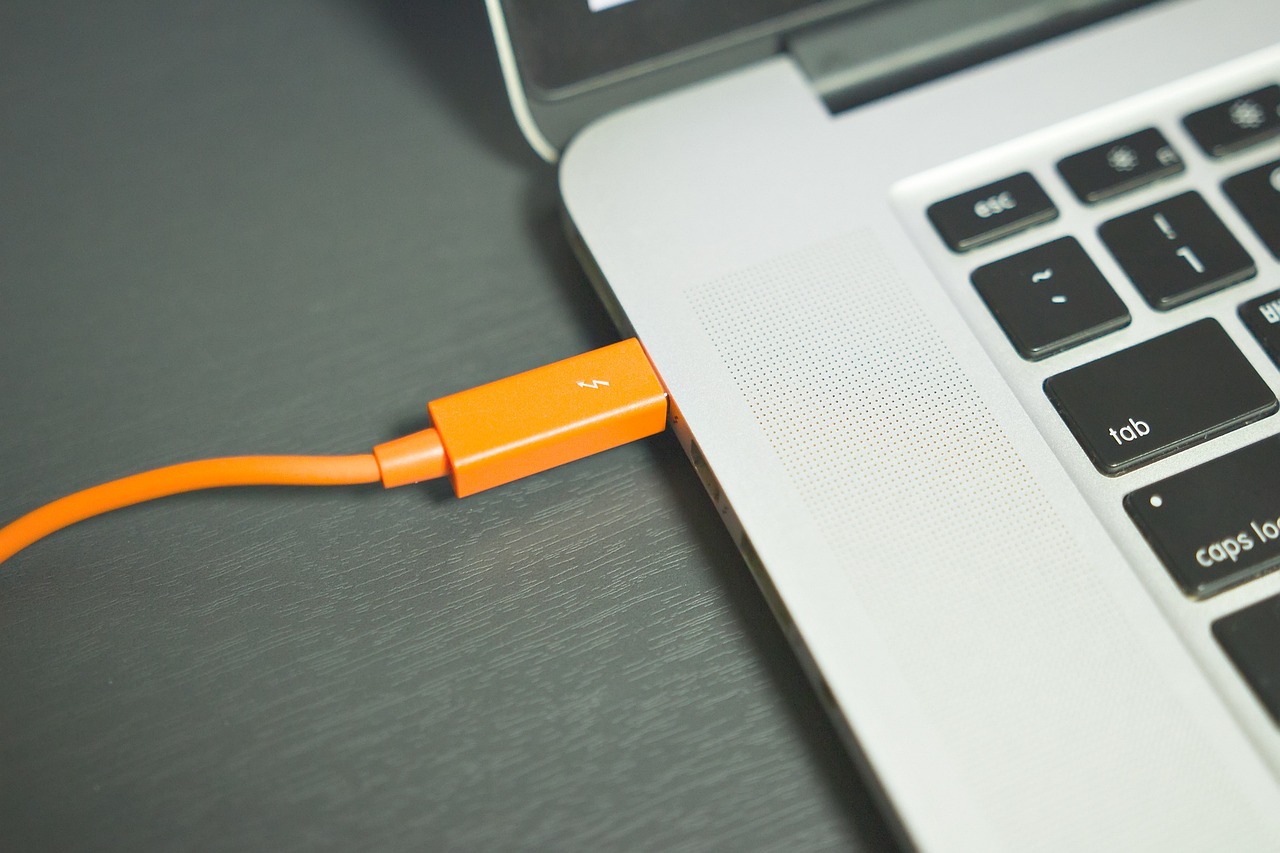The Role of Tech in Wildlife Trafficking Prevention and Law Enforcement
Wildlife trafficking is a global issue that poses a serious threat to many endangered species. To tackle this problem, technological advancements have been playing a crucial role in prevention efforts. One example is the use of geospatial technology, which helps conservationists track the movement of illegal wildlife products, identify trafficking routes, and pinpoint high-risk areas where poaching and trafficking activities are prevalent.
Furthermore, the development of sophisticated DNA analysis techniques has greatly enhanced the ability to identify the species of seized wildlife products. This not only aids in prosecuting wildlife traffickers but also helps in understanding the scale and scope of the illegal trade. By leveraging such advanced technologies, conservationists and law enforcement agencies can better collaborate to combat wildlife trafficking and protect the biodiversity of our planet.
Use of artificial intelligence in monitoring and detecting illegal wildlife trade
Artificial intelligence (AI) plays a pivotal role in the ongoing battle against illegal wildlife trade. The technology’s ability to analyze vast amounts of data in real-time enables authorities to identify patterns and trends that indicate illicit activities. By using AI algorithms to sift through online platforms and detect suspicious behavior, law enforcement agencies can swiftly intervene to prevent further wildlife trafficking.
Moreover, AI-powered tools are enhancing monitoring efforts by automatically identifying endangered species in images and videos. This capability aids in the rapid identification of illegal wildlife products being sold online or transported across borders. As AI continues to evolve and improve its accuracy, it provides a valuable asset in the fight against wildlife crime, helping conservationists and law enforcement agencies to stay one step ahead of traffickers.
• AI can analyze vast amounts of data in real-time to identify patterns and trends indicating illicit activities
• AI algorithms can sift through online platforms to detect suspicious behavior for swift intervention by authorities
• AI-powered tools automatically identify endangered species in images and videos, aiding in rapid identification of illegal wildlife products
• AI’s evolving accuracy provides a valuable asset in the fight against wildlife crime, helping stay ahead of traffickers
Drones and their role in surveillance and apprehension of wildlife traffickers
Drones have emerged as a powerful tool in the fight against wildlife trafficking, offering a unique vantage point for surveillance and tracking of illegal activities in remote areas. Equipped with high-resolution cameras and thermal imaging technology, drones can effectively monitor wildlife populations and detect suspicious behavior without alerting traffickers.
These unmanned aerial vehicles are instrumental in providing real-time data to law enforcement agencies and conservation organizations, enabling quick response and apprehension of wildlife traffickers. With their ability to cover large areas quickly and access hard-to-reach locations, drones have proven to be a valuable asset in disrupting illegal wildlife trade networks and protecting endangered species from exploitation.
How do technological advancements aid in preventing wildlife trafficking?
Technological advancements such as drones, artificial intelligence, and monitoring systems help in detecting and monitoring illegal wildlife trade activities more efficiently.
How is artificial intelligence used in monitoring and detecting illegal wildlife trade?
Artificial intelligence is used to analyze patterns and behaviors in wildlife trafficking, helping authorities to identify potential traffickers and prevent illegal activities.
What role do drones play in surveillance and apprehension of wildlife traffickers?
Drones are used for aerial surveillance to monitor wildlife trafficking activities in remote areas, providing real-time data to law enforcement agencies for quick response and apprehension of traffickers.





